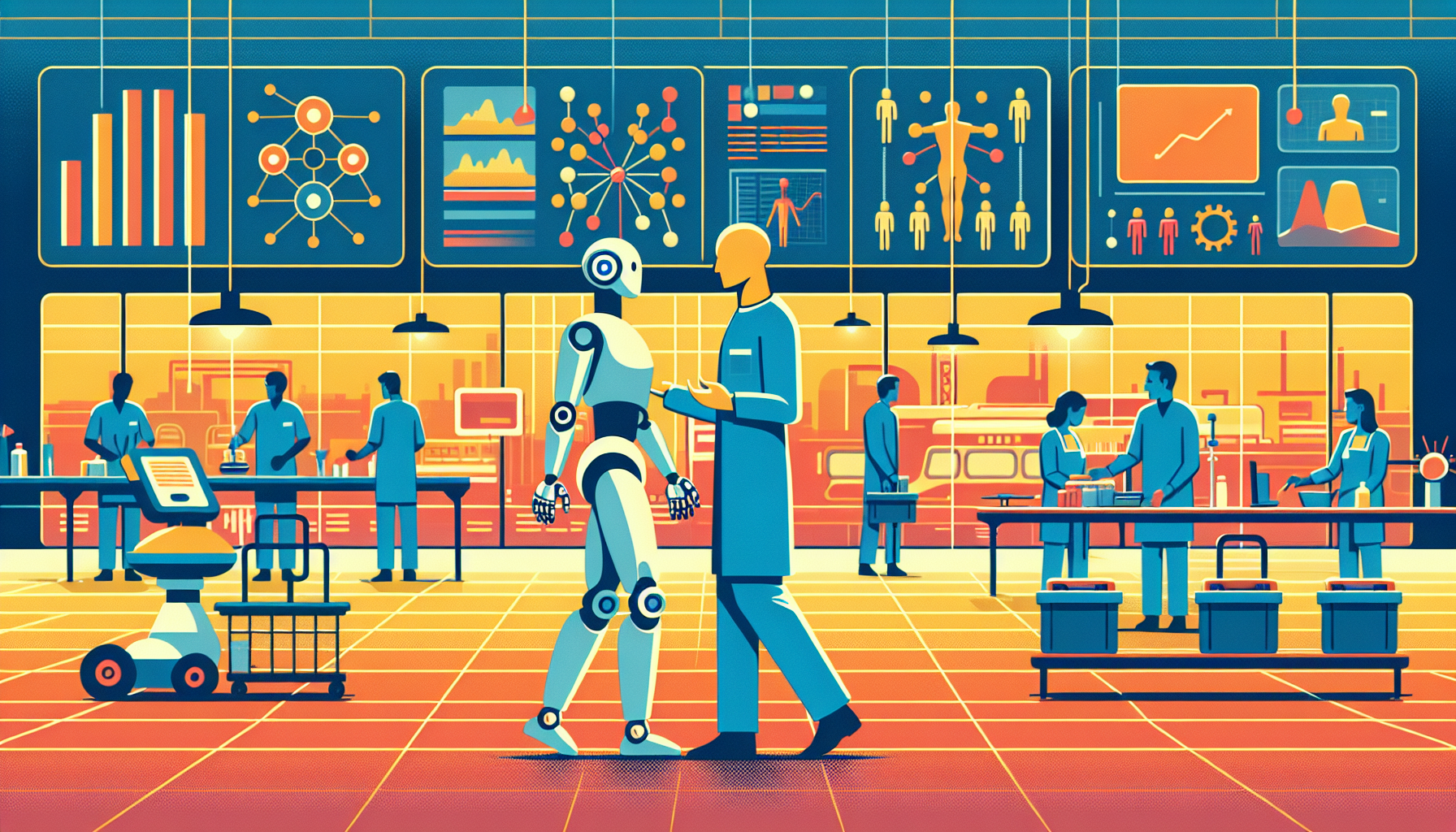In recent times, an exciting new discovery has unfolded in the fascinating world of human-robot interaction. Pioneering research from the University of Bristol has revealed that when robots and humans move in harmony, trust between them sees a remarkable boost. This breakthrough holds promising potential to transform various fields, from emergency services and healthcare to manufacturing.
The Study
The research took place at ‘Sparks Bristol,’ where everyday people were introduced to two mobile rover robots. Participants imagined themselves as brave firefighters, tasked with ensuring a building was safe post-fire, with the robots by their side. To capture the movements with precision, an advanced ultrasound tracking system observed how well the humans and robots synced over time. Researchers were eager to understand if this movement synchronization influenced the trust participants felt towards the robots.
Key Findings
The findings were nothing short of enlightening. When the robots moved closer, within two meters, a beautiful dance of synchronized movements commenced, leading to higher reported trust levels in the participants. In contrast, when trust faltered, the rhythm of movement between the humans and the robots was noticeably out of step. This suggests that the harmony in motion is more than just a sign of trust—it’s a bridge that can connect humans and robots in deeper, more trusting relationships.
Implications for Trust Building
This discovery goes beyond observation; synchronized movement can actively cultivate trust and cooperation. Imagine a world where humans and robots move as one in critical situations like emergency rescues or medical care. A kinship in motion could be the key to unlocking seamless teamwork. Moreover, when trust momentarily wavers, the disruption in their synchronized dance serves as an early signal, calling for trust to be nurtured and repaired.
Adaptive Strategies for Trust
Drawing inspiration from complementary research at the University of Michigan, adaptive strategies are vital for nurturing trust. When faced with differing goals, such as needing to choose between speed and precision, robots that mirror human strategies are more likely to win trust. Take rehabilitation as an example—here, a robot sensitive to a patient’s pain threshold while keeping long-term health goals in mind offers a tailored approach that strengthens trust.
Computational Models for Trust
An exciting leap forward has been made with the development of computational models that weave trust into a robot’s decision-making process. Through a model like trust-POMDP (Partially Observable Markov Decision Process), robots can decode the trust levels of their human partners in real-time interactions. This evolved understanding allows robots to adapt their actions, boosting not just trust, but the overall performance of the human-robot team.
Future Applications
The ripple effect of these findings on future human-robot partnerships is profound. As robots take on increasingly central roles, the ability to gauge and respond to human trust becomes crucial. In healthcare, a robot can adjust its care strategy based on patient trust levels. In the bustling world of manufacturing, synchronized movement could dramatically improve the safety and efficiency of collaborative teams. Meanwhile, in the high-stakes domain of emergency services, robots can sense and adapt to the trust dynamics of first responders, ensuring missions not only start strong but also finish successfully.
In summary, synchronized movement between humans and robots emerges as a linchpin of trust—a cornerstone in the ever-evolving landscape of human-robot collaboration. As technology advances, these insights promise to redefine how we envision teamwork, setting the stage for a future where humans and robots unite in trust-filled harmony across a multitude of industries.

Leave a Reply